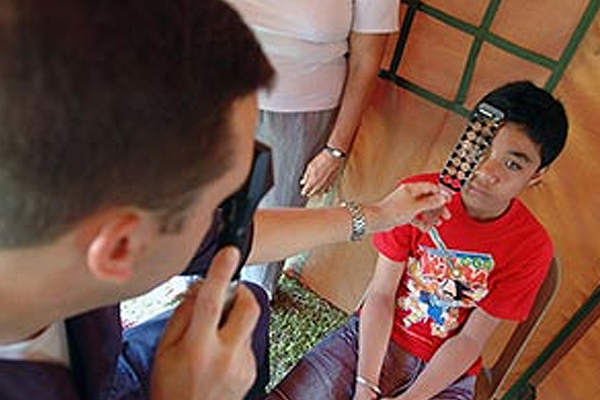
Dr. Niteen Dedhia explains eye problems in children & how to take care of them
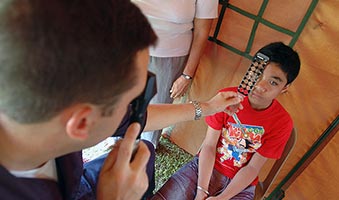
Sometimes a child’s eyes do not work together as they should. One eye may be ‘lazy’, or wander in or out, or up or down (strabismus). In such a case, the brain receives a different image from each eye. The brain may switch back and forth between the two images, or it may turn off the weaker image.
If it turns off one image, the child stops using that eye (amblyopia/lazy eye). One eye may be crossed all the time or or only under conditions of stress- when your child is tired, ill, or looking at nearby objects. Infants’ eyes normally wander but if one eye shows signs of wandering past the age of two or three months, your child needs eye care. Treatment may involve glasses, patching, eye-drops, or surgery.

Sometimes a child cannot see objects that are far away (near-sightedness) or objects that are close up (far-sightedness). A child can even be so far-sighted that both near and distant objects are blurred.
If the front of the child’s eye(cornea) is irregularly curved (astigmatism), objects look blurry at all distances. However, these common childhood vision problems can almost always be corrected with glasses or contactlenses. In some cases, vision problems can lead to amblyopia if not corrected.
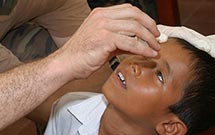
Eye infections and injuries are common in children. Viral and bacterial infections spread quickly through classroom and day-care centers. Children can also be hit in the eye by sharp (pen/pencil) or blunt objects (ball). Eye infections and injuries need to be treated promptly, as some can cause permanent damage to the eye.
Pediatric eyes change rapidly, and problems can occur at any age. That is why it is important to observe your child’s eyes and to pay attention to his/her behaviour.
Anything unusual in the way your child’s eyes appear can be a sign of a problem. Watch for the following:
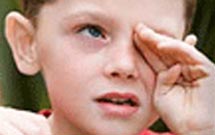
Unusual behavior can sometimes be a sign of an eye problem. Watch your child for any of the following warning signs:
Once your child is school-age, he or she may be able to tell you about eye problems. Listen for mention of the following:
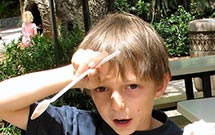
Headaches and dyslexia (an inability to recognize letters and words) usually are not caused by eye conditions. However if either is a problem, your child should have an eye examination to rule out eye-coordination or vision problems.
Childhood eye problems do not resolve on their own, but most will not damage sight if treated early. Take your child to an eye doctor or to your pediatrician or family physician as soon as you spot a problem.
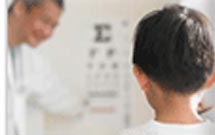
Your child may be afraid of an eye examination and may not cooperate. You can help by telling your child what to expect:
Copyright © 1987-2024 Ojas Eye Hospital All rights reserved | Privacy Policy
*Disclaimer: All information on www.lasikindia.com for informational purposes only and is not intended to be a substitute for professional medical advice, diagnosis, or treatment. Always seek the advice of your physician or other qualified health care provider.